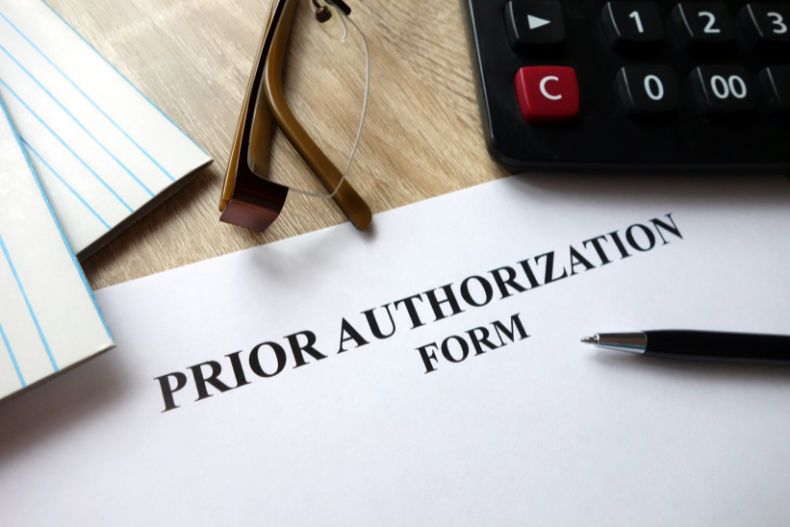Prior Authorization is necessary for managing healthcare costs, but it can be complicated for healthcare providers. This guide offers tips to navigate the process and save time.
We’ll explore:
- Why PA matters
- Common challenges you face
- Actionable steps to conquer them
Save time, money, and resources while providing your patients best-in-class care. Ask Pharmbills how to get started with Prior Authorization Services https://pharmbills.com/prior-authorization-services.

Understanding the Medical Prior Authorization Process
Why is it important?
Prior Authorization serves several purposes:
- Cost control: It helps control healthcare spending by ensuring treatments are medically necessary and cost-effective.
- Clinical appropriateness: It promotes evidence-based care by encouraging proven and effective treatments.
- Resource allocation: It helps direct resources towards essential services, ensuring they are used efficiently.
Who’s involved?
- Healthcare providers: The doctor or therapist initiates the PA request based on sound clinical judgment and the patient’s needs.
- Payers: The insurance company reviews the request based on their policies, medical evidence, and available alternatives. They can then approve, deny, or request more information.
- Patients: While not directly involved in the approval process, they ultimately experience the impact of delays or denials associated with PA.
Tips for Efficiently Streamlining the Prior Authorization Process
Medical Prior Authorization (PA) doesn’t have to be frustrating. These actionable tips can help you navigate it smoothly and provide timely patient care.
Tip 1: Internal Process Assessment
Identify the Bottlenecks: Map your PA workflow and pinpoint roadblocks like repetitive tasks or incomplete documentation.
Streamline Your Paperwork: Standardize forms, utilize templates, and implement digital record-keeping for faster retrieval and accuracy.
Tip 2: Implementing Technology Solutions
ePA Platforms: Invest in electronic Prior Authorization (ePA) platforms for instant submissions and real-time tracking.
EHR Integration: Connect your ePA platform with your Electronic Health Records (EHR) system for automatic data retrieval and seamless workflow.
Tip 3: Enhancing Communication and Collaboration
Open Lines with Payers: Build relationships with insurance representatives, establish clear communication protocols, and proactively address potential issues.
Real-Time Collaboration: Enable instant information sharing among providers, patients, and insurers to expedite approvals and avoid misunderstandings.
Tip 4: Leveraging Data and Automation
Data-Driven Insights: Analyze trends in denials and delays to identify areas for improvement and optimize your approach.
AI Automation: Automate repetitive tasks like pre-filling forms and identifying missing information, freeing more time for patient care.
Best Practices for Prior Authorization Documentation
Conquering the PA process hinges on submitting flawless documentation. Here’s your essential guide:
- Know the Requirements: Every insurer has a list of documents and specific details for each service. Dive into their PA guidelines to make sure to include crucial elements.
- Ensure Accuracy: Double-check every diagnosis code, date, medication dosage, and other essential information for accuracy. Errors lead to delays and denials.
- Organize for Clarity: Organize your documentation. Use numbered sections, highlight key points, and attach relevant supporting documents.
Strategies for Overcoming PA Denials
Facing a PA denial can be frustrating, but understanding the process and employing these strategies can help you pave the way for approval.
- Deciphering Denials: Know the common reasons for denials, like missing information or alternative treatment options, to avoid future roadblocks.
- Be Proactive: Precise and accurate documentation reduces denial risk. Discuss alternatives with patients upfront.
- Appealing Effectively: Keep going even if a medical service is denied. Learn the appeals process, gather evidence, and advocate for your patient’s well-being.
Conclusion
PA services’ future is promising! Automation will alleviate administrative burdens and boost productivity. However, ethical considerations, data security, and compliance need careful attention. Therefore, a patient-centered approach is the key to success. Ask an experienced BPO Services Provider like Phrambills for helpful advice.











